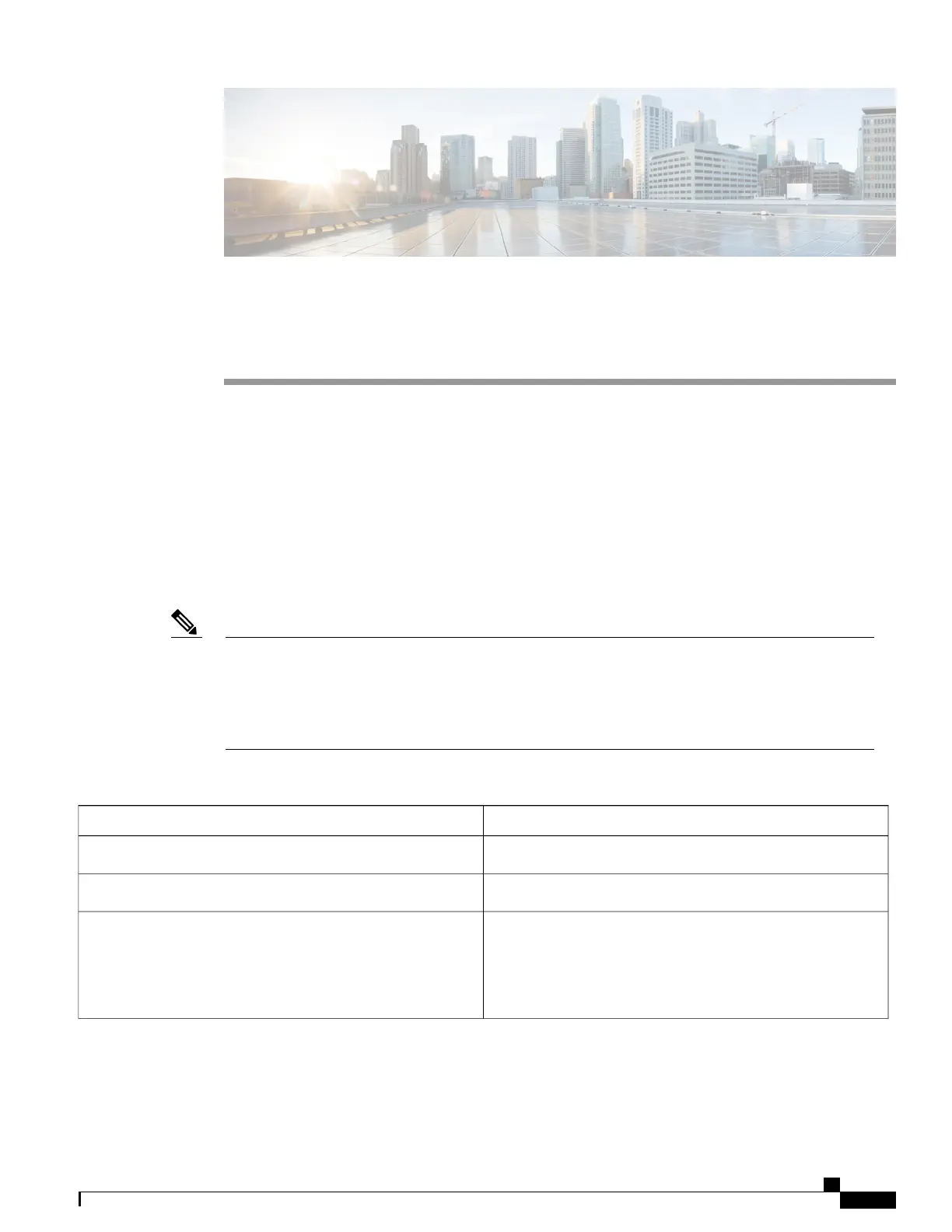CHAPTER 9
Implementing Routing Policy
A routing policy instructs the router to inspect routes, filter them, and potentially modify their attributes as
they are accepted from a peer, advertised to a peer, or redistributed from one routing protocol to another.
This module describes how routing protocols make decisions to advertise, aggregate, discard, distribute,
export, hold, import, redistribute and modify the routes based on configured routing policy.
The routing policy language (RPL) provides a single, straightforward language in which all routing policy
needs can be expressed. RPL was designed to support large-scale routing configurations. It greatly reduces
the redundancy inherent in previous routing policy configuration methods. RPL streamlines the routing
policy configuration, reduces system resources required to store and process these configurations, and
simplifies troubleshooting.
For more information about routing policy on the Cisco IOS XR software and complete descriptions of
the routing policy commands listed in this module, see the Related Documents, on page 551 section of
this module. To locate documentation for other commands that might appear while performing a
configuration task, search online in the Cisco ASR 9000 Series Aggregation Services Router Commands
Master List.
Note
Feature History for Implementing Routing Policy
ModificationRelease
This feature was introduced.Release 3.7.2
Parameterization was supported at all attach points.Release 3.9.0
The following features were added:
•
Hierarchical Conditions
•
Apply Condition Policies
Release 4.2.0
Cisco ASR 9000 Series Aggregation Services Router Routing Configuration Guide, Release 5.1.x
OL-30423-03 465

